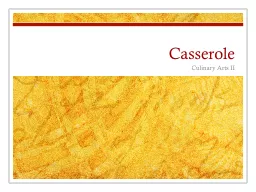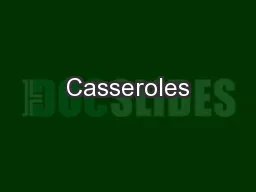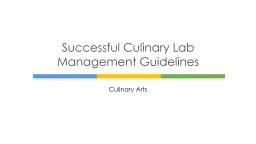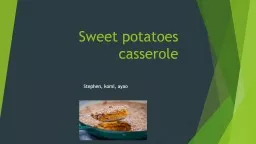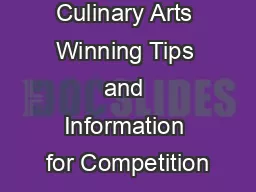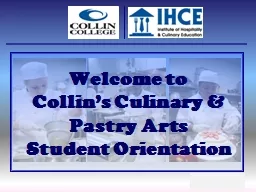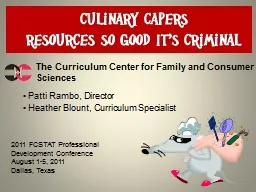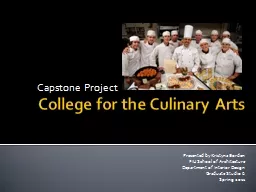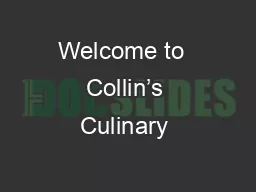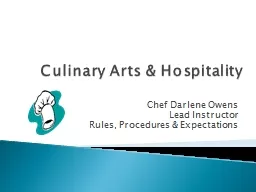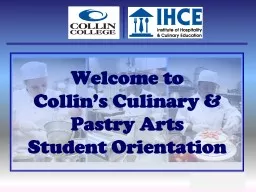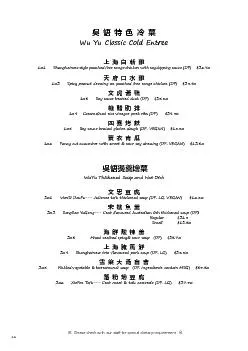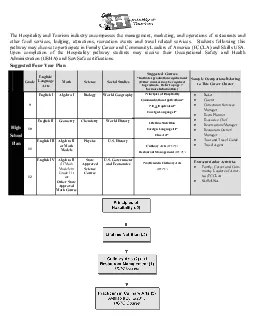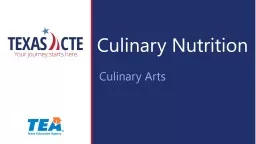PPT-Casserole Culinary Arts II
Author : phoebe-click | Published Date : 2018-03-01
What is a casserole B lend of cooked ingredients that are heated together to develop flavor Casserole French term Cooking Vessels Noncrystalline glass heats up
Presentation Embed Code
Download Presentation
Download Presentation The PPT/PDF document "Casserole Culinary Arts II" is the property of its rightful owner. Permission is granted to download and print the materials on this website for personal, non-commercial use only, and to display it on your personal computer provided you do not modify the materials and that you retain all copyright notices contained in the materials. By downloading content from our website, you accept the terms of this agreement.
Casserole Culinary Arts II: Transcript
Download Rules Of Document
"Casserole Culinary Arts II"The content belongs to its owner. You may download and print it for personal use, without modification, and keep all copyright notices. By downloading, you agree to these terms.
Related Documents

